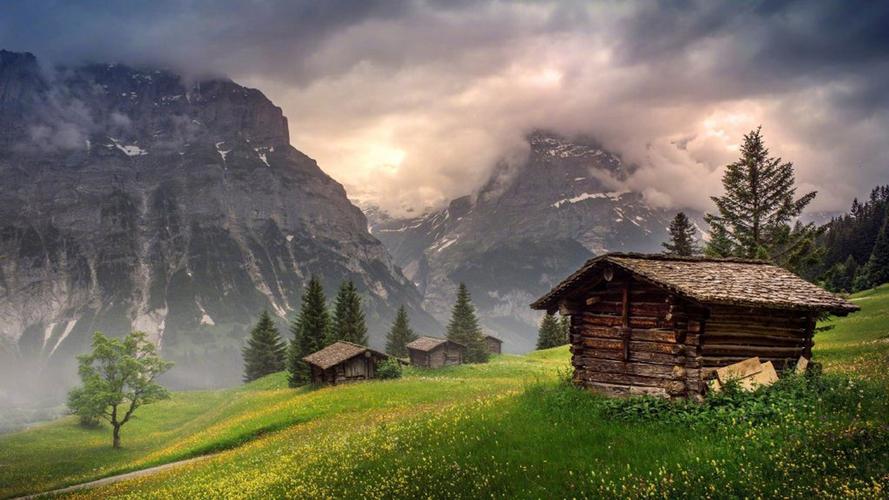Exploring the Intersection of Erudition and Baroque Art
Baroque art is an artistic period of extravagance and excess that emerged in Europe in the 17th century. It is characterized by its ornate and intricate style, featuring dramatic lighting, intense emotions, and vivid colors. Baroque art evolved from the Renaissance period, which was marked by an enthusiastic pursuit of knowledge and intellectualism. This influence is evident in the subject matter, symbolism, and artistic techniques employed in Baroque art that reflected the intellectual and theological debates of the time.
The Relationship Between Erudition and Baroque Art
Erudition refers to extensive knowledge acquired through studying and intellectual pursuits. Baroque artists were often highly educated individuals who had a deep understanding of philosophy, theology, and history. They were fascinated with the interplay between light and shadow, and how it could be used to convey religious and emotional experiences to the viewer.
Baroque artists used their knowledge of art and literature to create complex and multi-layered artworks. They incorporated mythological figures and religious symbolism into their works to convey moral lessons and theological ideas. The use of light and shadow was also prominent in Baroque art, as artists worked to create a sense of drama and emotion in their works.
Case Studies of Baroque Art
One prominent example of Baroque art is Gian Lorenzo Bernini’s sculpture, “The Ecstasy of Saint Teresa.” The sculpture depicts the moment when Saint Teresa is visited by an angel, and experiences a moment of divine ecstasy. The sculpture is a masterpiece of Baroque art, as it showcases the movement, emotion, and drama characteristic of the Baroque style.
Another notable example is Caravaggio’s painting, “The Calling of St. Matthew.” The painting features an ordinary scene of men playing cards, when suddenly the light from outside shines on the group, revealing the figure of Christ who is calling out to Matthew. Caravaggio made use of chiaroscuro, a Baroque technique in which strong contrasts between light and dark are used to create a dramatic effect.
Conclusion
Erudition played a central role in the development of Baroque art. Artists of the time were deeply knowledgeable about philosophy, theology, and history, and their works reflected this. Baroque art is characterized by its ornate style, dramatic lighting, and intense emotions. Today, Baroque art remains popular and highly regarded, as it continues to inspire artists and enthusiasts around the world.
(Note: Do you have knowledge or insights to share? Unlock new opportunities and expand your reach by joining our authors team. Click Registration to join us and share your expertise with our readers.)
